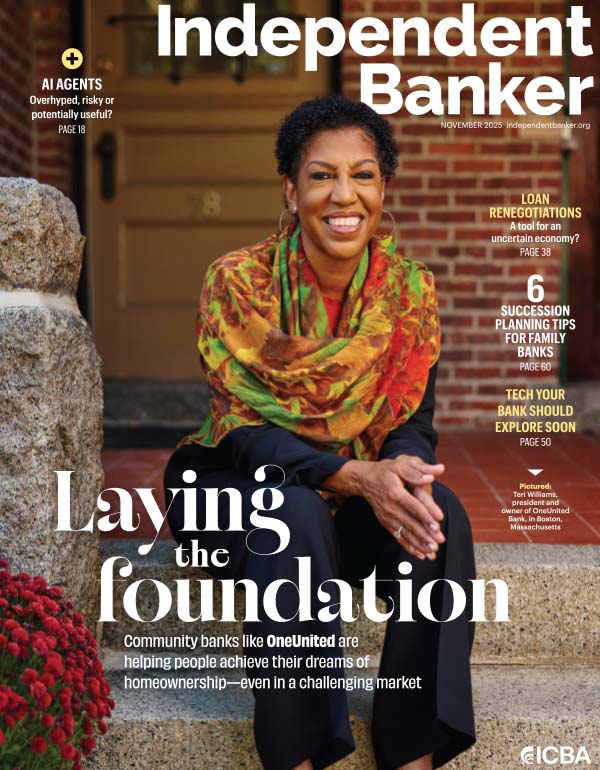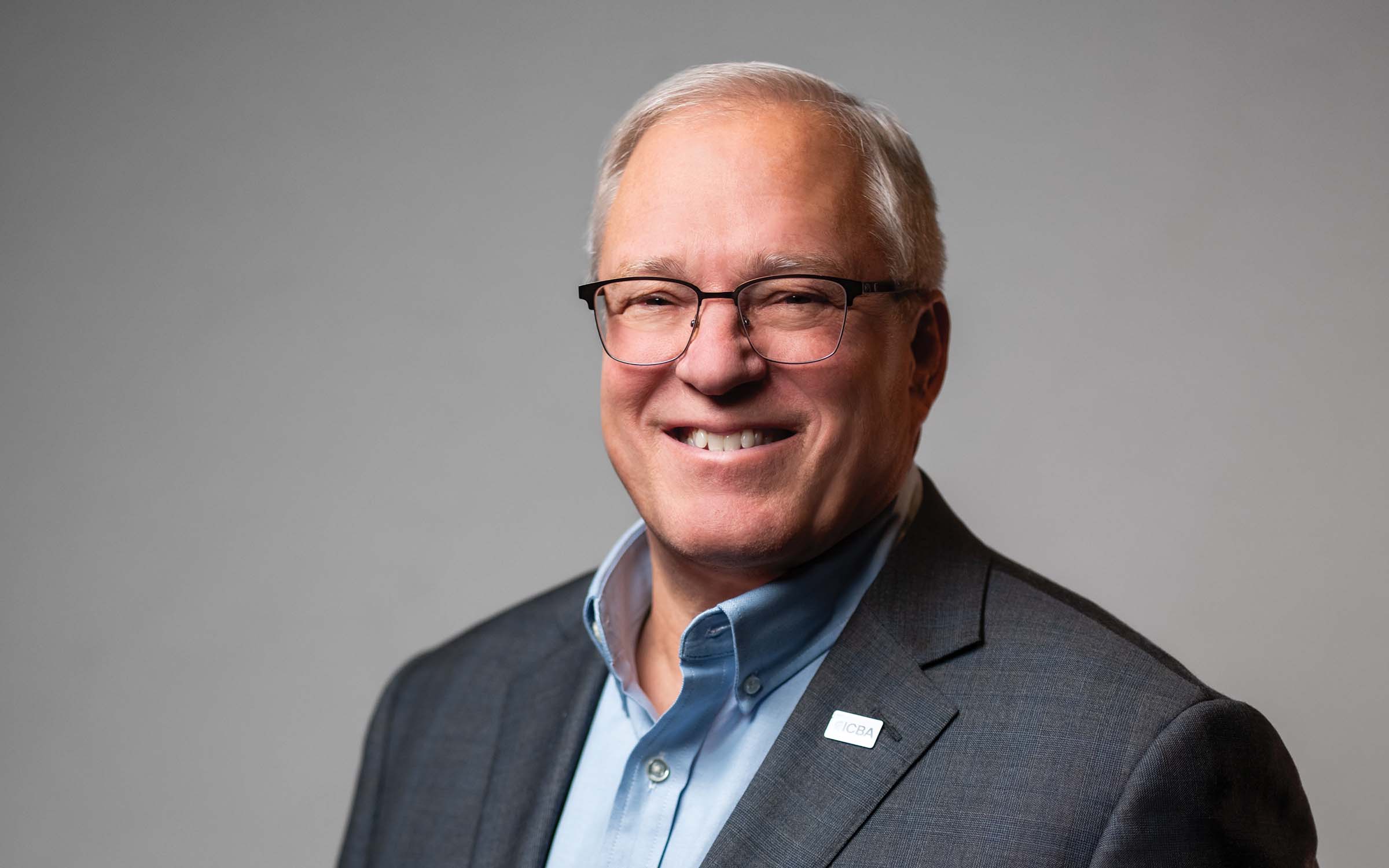It’s been a strange year for real estate. The number of active listings posted in the United States reached a new peak in July but still dropped 1.1% from June, the largest monthly plunge since 2023, according to Redfin. Yet, prices climbed 1.4% year over year. Each region and city has a different real estate story, but the theme is somewhat similar nationwide. Demand is fairly high, but higher rates are keeping existing owners with low-interest mortgage rates out of the market, which is dampening supply and accelerating appreciation.

“Inventory has crept up a little bit, but I’d say it’s probably 50% of what it is typically,” says Ed Drexler, senior vice president of residential lending at $1.34 billion-asset Marquette Savings Bank in Erie, Pennsylvania. “And values have really appreciated much further than they typically do.”
A challenging real estate market represents opportunity for community banks like Drexler’s. The bank has helped existing and new clients buy new homes with bridge loans and a creative, flexible-rate mortgage product.
“You would think this environment [would negatively affect business],” says John Dill, president, secretary and CEO of Marquette Savings Bank. “But we just had a department meeting, and Ed was able to report that we’re on target for our loan volume this year. Being a community bank, one of the things that we try to focus on is grabbing good credit opportunities when they’re out there.”
Bridge loans are in demand
Marquette Savings has seen an uptick in bridge loan applications lately, and Drexler speculates the demand is partially driven by the high quantity of purchase offers home sellers are receiving. Because they have so many offers to pick from, the community bank has frequently seen buyers make purchase offers without contingencies or home inspections. To avoid that, buyers line up short-term financing like a bridge loan in advance.
“I’ve talked to our loan officers, and they work with clients that we’ve pre-qualified, and some of these young borrowers lose out on seven, eight, nine homes before they actually win a bid,” Drexler says, “so buyers are getting really aggressive and giving themselves every opportunity to win a bid on a purchase.”
Another key to Marquette Savings’ mortgage success over the past two years is what it calls a “step-down mortgage.” Created by the bank, the step-down mortgage program allows borrowers to request a one-time rate decrease at no cost to Marquette Savings’ current interest rate if rates dropped within a two- to three-year period after originally closing.
This product—which ended after 2024, because loans given under those circumstances don’t meet secondary market requirements—helped persuade existing homeowners with low-rate mortgages to put their homes on the market despite the higher current mortgage rates.
“Historically, we’ve always ranked second in market share in both Erie and Crawford counties,” Dill says, “but after we launched that program and were in it for two years, we jumped to number one in both of our primary counties. I think it just brought to light what we can do as far as our processes and efficiencies in our service.”
Helping overwhelmed homebuyers
Quick Stat
+1.4%
The year-over-year change in median United States home sale price in July 2025
Source: Redfin
Tom Rees, vice president of mortgage banking at $961 million-asset Seattle Bank in Seattle, says bridge loans and other innovative mortgage products help the bank land new customers who are struggling to maneuver in the current market.
“It’s one of the things I talk to [real estate agents] about,” Rees says. “A hot topic of conversation is always how somebody can buy a house before they sell, but in this market, it’s hard to put your house on the market until you buy something. So, when I talk to [agents], they say, ‘It’s great to know you guys have [bridge loans], because not everybody has access to those programs.’”
Rees says Seattle Bank markets the bridge loans in its newsletter, which goes out two or three times a year. Among the newsletter recipients are investment advisors and real estate agents, who then tell their clients about the bank’s mortgage products.
Bridge loans are profitable for Seattle Bank. “We charge a one-point origination fee, which allows us to cover our expenses,” says Rees, “and we’re getting a decent return on it, because it is prime plus. But the big thing is, we would love to have the new purchase loan as well.”
Seattle Bank has also developed a reputation for helping borrowers with complex circumstances—such as ownership of multiple businesses or multiple properties—obtain mortgages.
“We do some innovative underwriting,” Rees says. “We have an experienced underwriting team, and I think a lot of people get frustrated when they have to deal with the guidelines of some of the standard banks, or Fannie Mae or Freddie Mac‑type products.”
This type of innovative underwriting, and products such as bridge loans, are the essence of community banking. “In a challenging situation, these things help build customer trust, and that customer will come back to you,” says Ron Haynie, senior vice president of housing finance policy for ICBA. “It’s relationship banking, which is what community banks are all about.”






